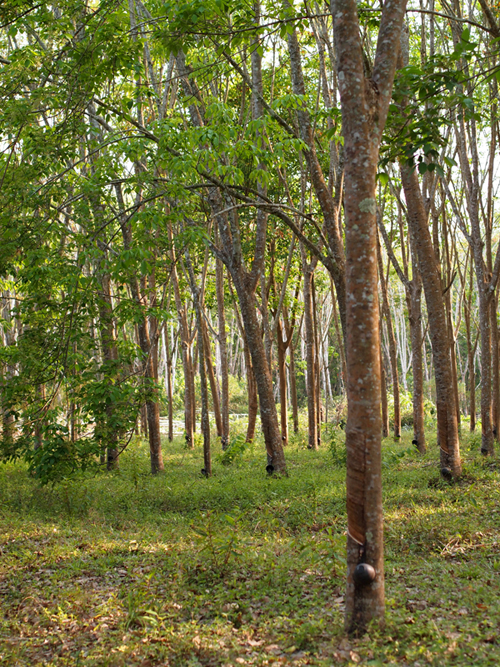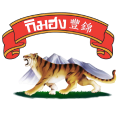The rubber tree was originated in the South Africa continent. During 1899 – 1901, Phraya Ratsadanupradit Mahisaraphakdi brought the tree to Thailand and started planting in Trang Province.
The rubber tree is a large perennial dicotyledon plant. It has the tap root system with straight tree trunk and many small branches. Its’ wood is soft with yellowish-white color.
The leave consists of 3 sub-leaves in the branch and is divided into layers.
The flower is in the form of inflorescence with both stamen and pistil in the same cluster and the open-pollinated cultivar.
The fruit is a brown fig with seeds inside.
The important part of the rubber tree that we make use of is the latex. It is the yellowish-white liquid in the vessels, lining up at the bark of the tree.
The rubber tree would grow best in the region between 10 degrees North and South of the equator, where it is a slight slope with the height of not more than 200 meter above sea-level. The soil should be the loam soil which water and air can go through easily with the pH of 4.0-5.5 not being alkaline soil. The rainfall should be more than 1,350 mm/year with more than 120 days of rain. The relative humidity should be more than 65% with average temperature of 24-27 degree Celsius.
Promoting clones
1. The RRIT 251 clone gives very high production at the average of 477 kg/rai/year (10 years of tapping). The growth rate is moderate during both periods of before tapping and after tapping. It has a lot of small and medium size branches. The distribution of branches is imbalance. The crown is thick and in a large circular shape. The leaves shed very slowly. The bark, both original and reborn, has a suitable thickness for rubber tapping system of s/2 d/2. If the tapping is done too deep into the wood, the reborn bark would be moderately damaged. It is strongly immune to the Black Stripe and Panel Dryness diseases, moderately immune to the Pink Disease, Leaf Disease from Phytophthora, Oidium and, Colletotrichum. The limitation for this clone is that it should not be planted in a slope area, where the soil surface is shallow with high level of underground water
2. RRIM 600 clone gives very high production at the average of 289 kg/rai/year (13 years of tapping). The growth rate is moderate during both periods of before tapping and after tapping. The distribution of branches is slow. The crown is in a fan-shape. The leaves shed quickly. The original bark is thick, while the reborn bark is thicker. It is suitable for rubber tapping system of s/2 d/2. If the tapping is done too deep into the wood, the reborn bark would be severely damaged. It is strongly immune to the Panel Dryness disease. It isn’t immune to Leaf Disease from Phytophthora, Black Stripe and Pink Disease. It is not recommended to plant it in the Western part of Southern region and the Eastern borders of Thailand.
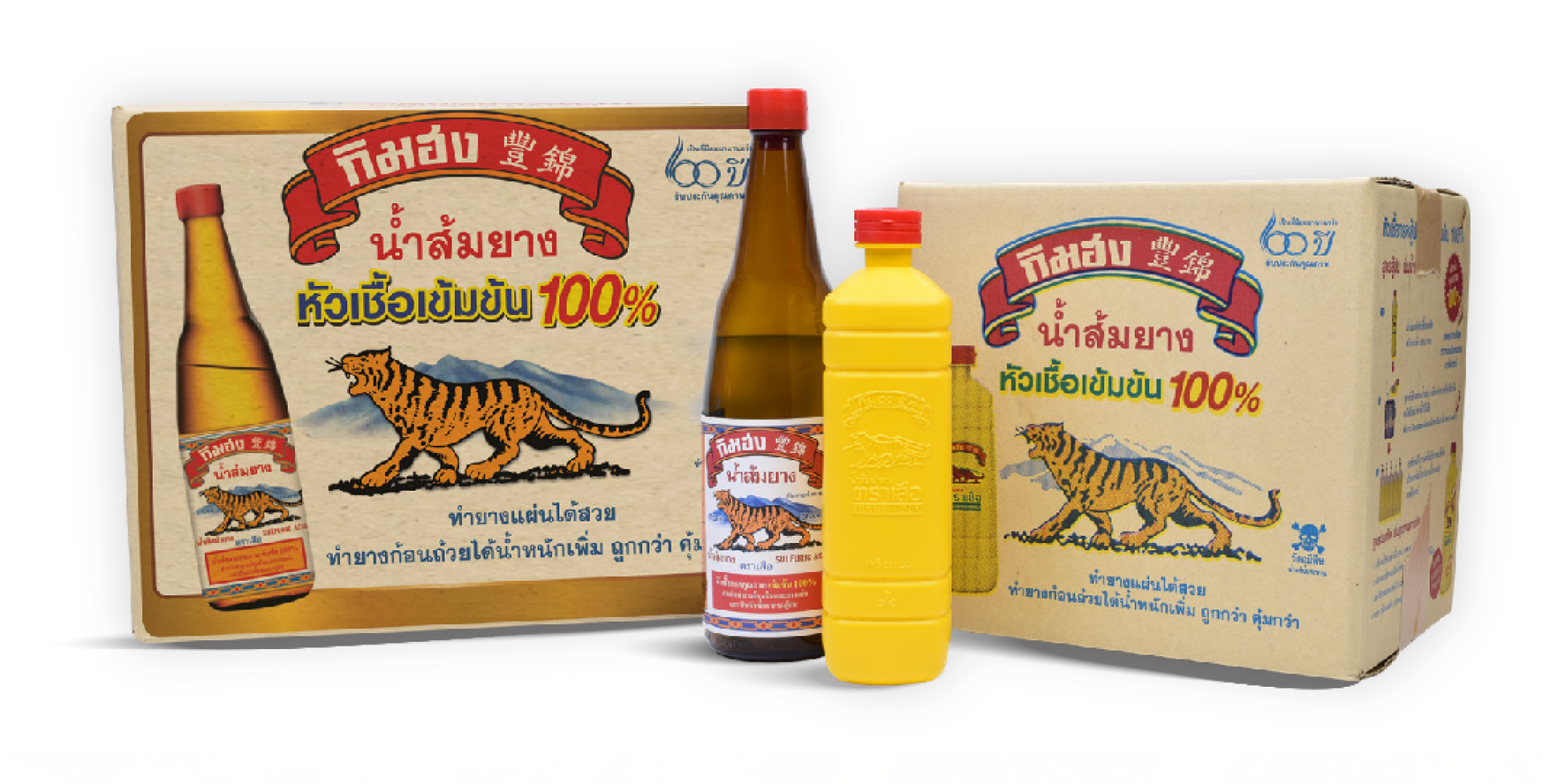
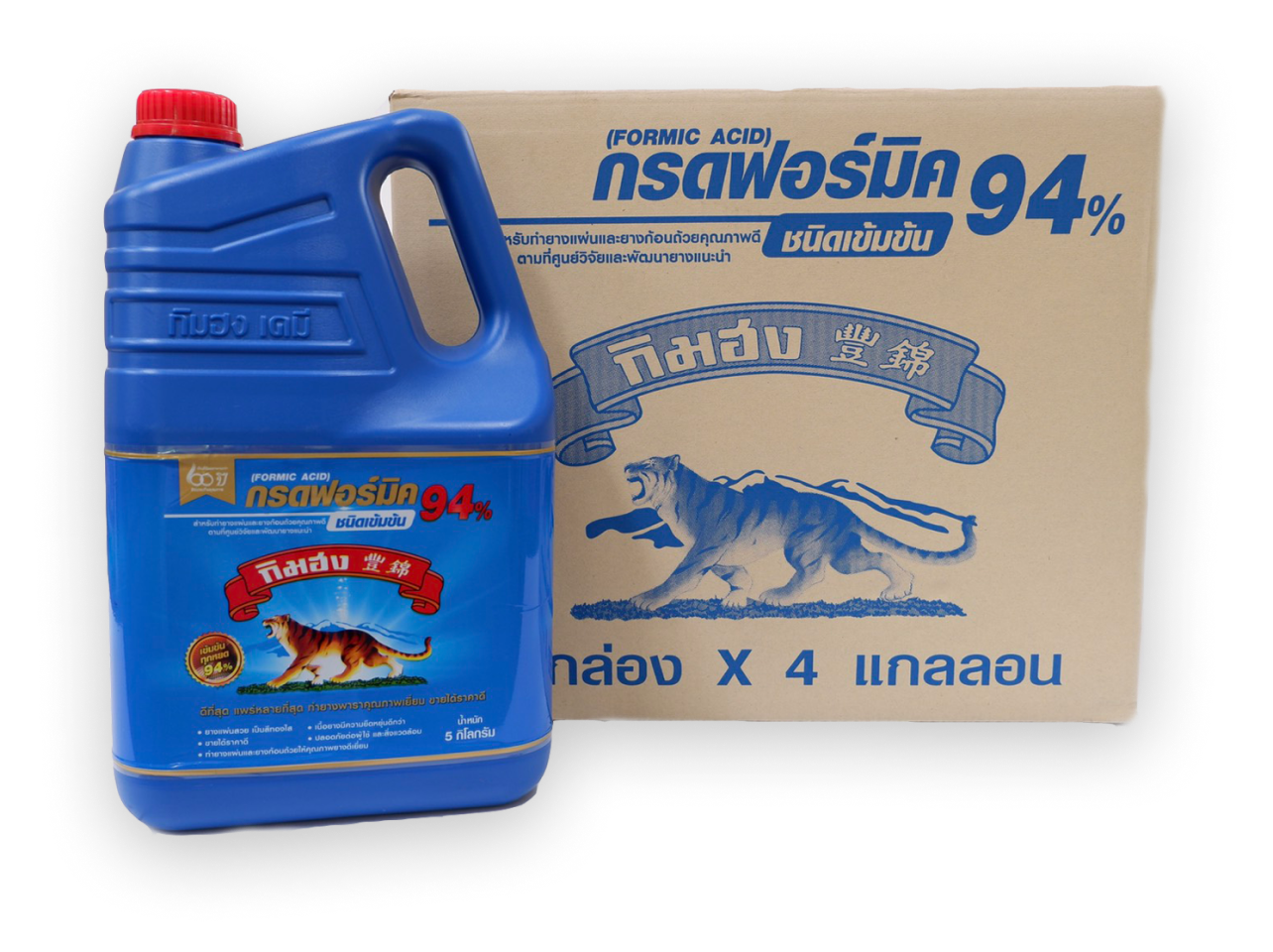
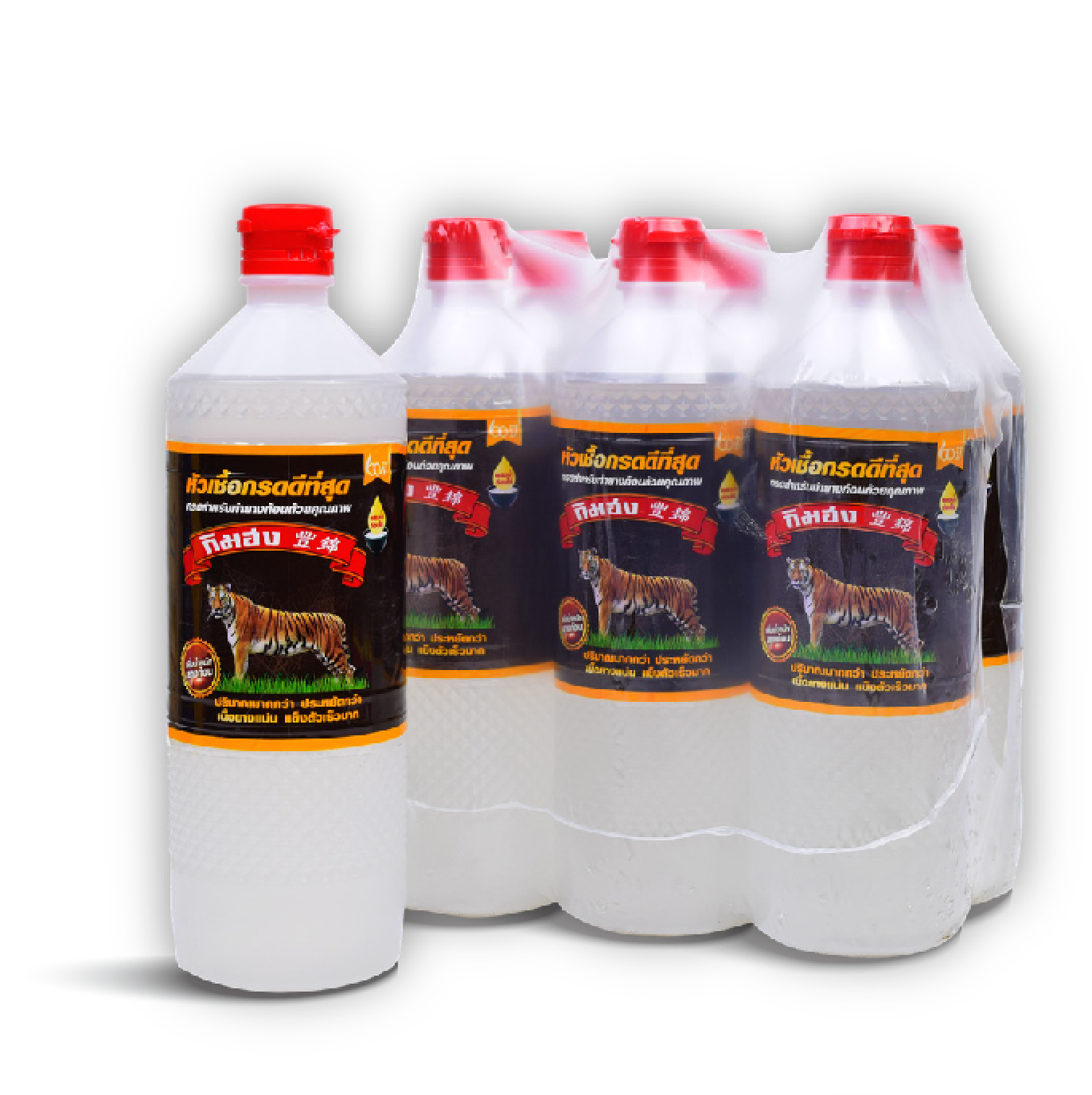
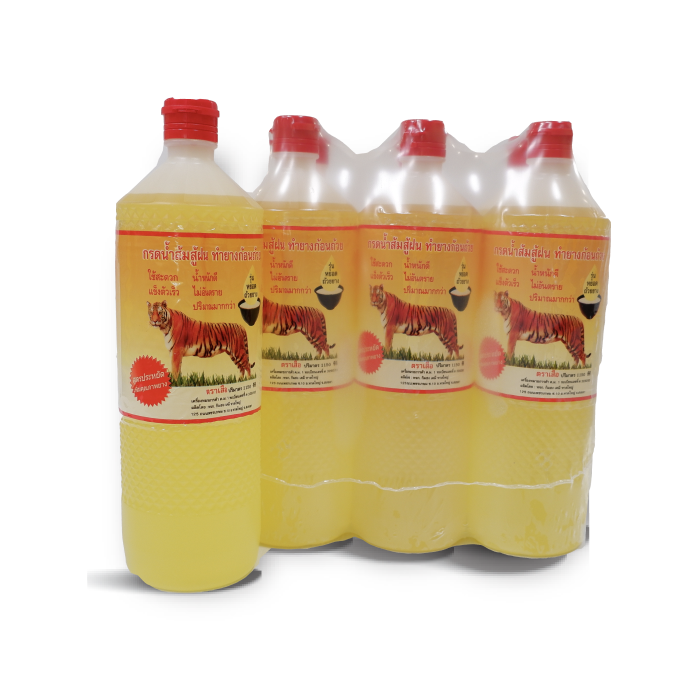

 menu
menu กิงฮง - March 13, 2013
กิงฮง - March 13, 2013


